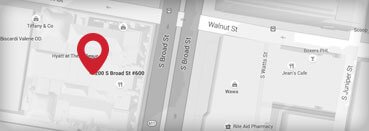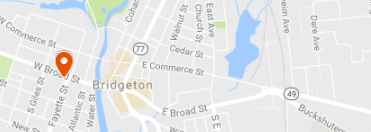It would be unusual for a large to medium scale construction project to be completed without the general contractor experiencing issues with at least some of its subcontractors or suppliers.
Under such circumstances, it is typical for back charges to be assessed by the general contractor against the subcontractor or supplier who failed to perform properly pursuant to the terms of their contract. If the possibility of litigation looms in the future concerning such issues, or even if it may not, it is suggested that the general contractor carefully document any potential back charges against the subcontractor or vendor.
The process discussed below will ensure that the back charges are appropriately documented and will give the general contractor the best chance of success in any potential future litigation or negotiations.
The most important issue that a contractor must be aware of when documenting back charges, is to provide appropriate notice to the subcontractor or vendor, as may be required by the terms of the subcontract. If the subcontractor is entitled to a time to cure any deficiencies, this opportunity must be given by the general contractor to the subcontractor or vendor. If the subcontractor properly cures the issue, than in that event, the matter is concluded. On the other hand, if the subcontractor or vendor fails to take remedial measures than the general contractor should take the following additional steps before assessing a back charge. It is important that these steps be carefully followed in order to provide the best chance of success in potential future litigation or negotiations.
The first thing that the general contractor should do is to notify the subcontractor or vendor in writing specifically what the issues are with the materials or services which were provided. This letter should spell out in great detail any and all issues with regard to the materials or services.
The next step is for the contractor to provide notice to the subcontractor or vendor and give them the ability to come to the project to inspect the purported issues prior to any remedial measures taking place. Once again, providing the opportunity to inspect is a very important step in this process.
The next step is to advise the subcontractor or vendor as to when the remedial measures will occur to remedy the deficient condition. This notification should be in writing and should also provide the subcontractor or vendor with the opportunity to be present to observe the remedial measures.
This may very well be the most important piece of documentation to be provided to the vendor or subcontractor and should be sent via certified, regular mail, or any other way in which the contractor can provide to the subcontractor or supplier.
While the remediation is proceeding, the general contractor should carefully videotape any and all remedial efforts, and take very detailed photographs with regard to the remediation process. It is also suggested that any and all invoices, timesheets, or other documents with regard to the back charge be stored in a separate folder and that all of these documents be provided to the defaulting subcontractor or vendor once the back charge work is completed.
The final step in the process would be to provide a complete back charge form to the vendor or supplier with all the relevant invoices which detail the total amount of the back charges. Thereafter, the contractor can deduct this amount from any amount which may be due the subcontractor or vendor.
If a general contractor is not certain as to the precise process to follow to document back charges, then in that event, they should contact a competent attorney to help them through this process. By proceeding as outlined above, the general contractor has the best ability to avoid litigation, or in the event of litigation, has the best chance of prevailing. The attorneys at Stark & Stark are well versed in this regard.








